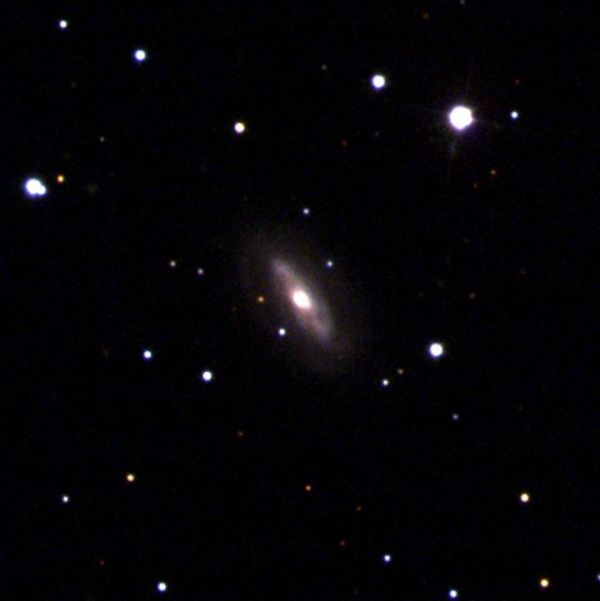Scientists have long theorized that supermassive black holes can wander through space—but catching them in the act has proven difficult.
Now, researchers at the Center for Astrophysics | Harvard & Smithsonian have identified the clearest case to date of a supermassive black hole in motion. Their results are published today in The Astrophysical Journal.
"We don't expect the majority of supermassive black holes to be moving; they're usually content to just sit around," says Dominic Pesce, an astronomer at the Center for Astrophysics who led the study. "They're just so heavy that it's tough to get them going. Consider how much more difficult it is to kick a bowling ball into motion than it is to kick a soccer ball — realizing that in this case, the 'bowling ball' is several million times the mass of our Sun. That’s going to require a pretty mighty kick."
Pesce and his collaborators have been working to observe this rare occurrence for the last five years by comparing the velocities of supermassive black holes and galaxies.
Read more at: Harvard -Smithsonian Center for Astrophysics
Galaxy J0437+2456 is thought to be home to a supermassive, moving black hole. (Photo Credit: Sloan Digital Sky Survey (SDSS))


